อ่านภาษาไทยที่นี่ (Click here to read a Thai version.)
The paintings on the window shutters and doors on the fourth floor of Phra Mahathat Kaen Nakhon stupa at Wat Nong Wang feature four separate but related things – gods of the celestial bodies (เทพนพเคราะห์), daily Buddhas (พระประจำวันเกิด), the guardians of the directions (เทพประจำทิศ), and animals of the directions (สัตว์ประจำทิศ) – all in groups of eight. For religious purposes Wednesday is split into daytime and nighttime resulting in eight days in a week. Of these four, only the daily Buddhas are commonly used in Thai temple art. The painter was Uthaitong Jantagon, from Kalasin.
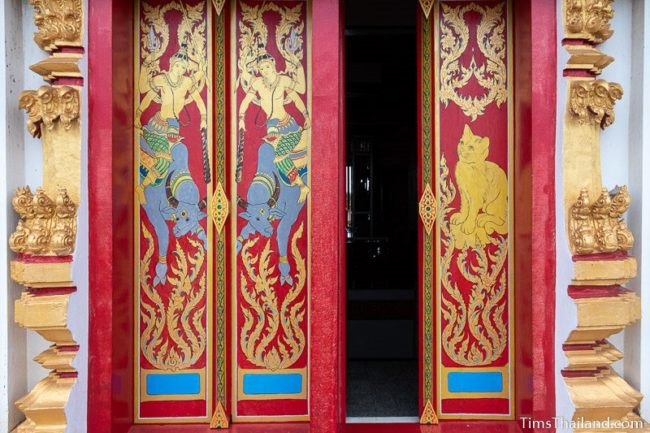
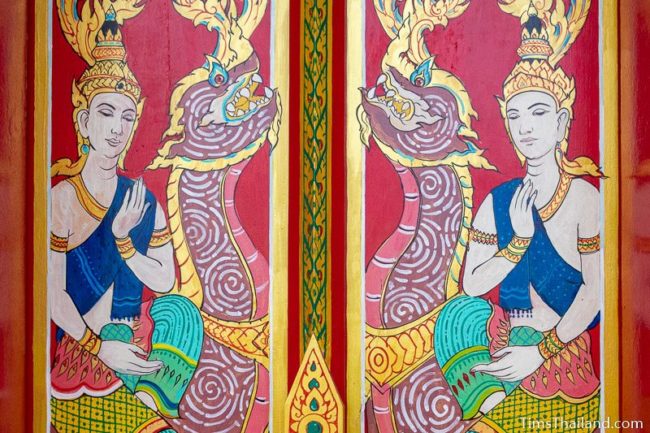
The gods of the celestial bodies (planets, moons, etc.), each associated with a day of the week and based on the day of the week you were born, are used in reading the Thai horoscope (โชคชะตา – chok cha-da). Just like the western zodiac (Aries, Taurus, etc.) this supposedly can be used to predict people’s character and advise about what actions and decisions will bring good and bad luck in the near future. They are laid out in an auspicious order clockwise around the stupa and so do not follow the calendar. Though these gods are not often discussed in relation to directions, some sources say Shiva gave them direction duties too. The mounts shown below are typical for Thailand; these quite often differ with what’s used in India.
Each day of the week is also linked to an auspicious Buddha posture. These daily Buddhas, for the day of the week a person was born on, are often used when making merit at temples. They were originally (When it began is unknown, but it appears to have become popular during the reign of King Rama 3.) assigned to the same celestial bodies as the gods discussed above as a way to get people to rely on the Buddha for removing bad luck rather than those Hindu gods. Over time it transformed away from the planets to the birth-day system that Thais follow today.
Like the gods of the celestial bodies, the guardians of the eight cardinal and ordinal directions were adopted into Buddhism from Hinduism. While not often seen in Thai temples, they, or a similar set (Phanom Rung, for example, has Skanda for the south instead of Yama.), are often found at the Khmer-era temples found across Thailand.
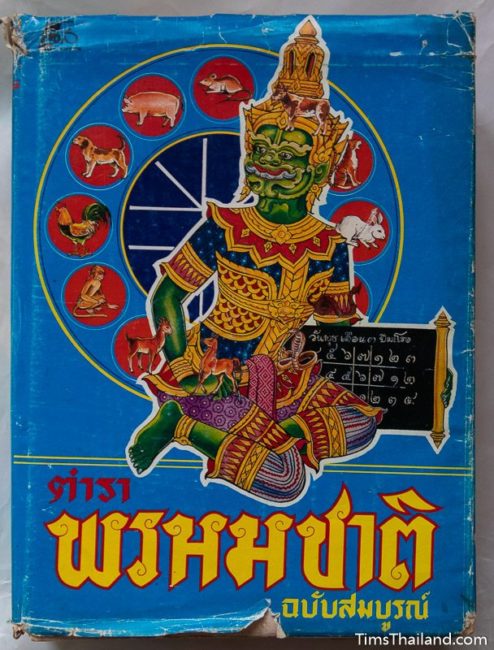
While these gods and Buddhas are found Thailand-wide, the direction animals are an Isan-only tradition, and a largely obsolete one. (This is not related to the widespread animals of the Thai zodiac.) Besides serving as a local form of astrology, the direction animals can also be used to judge whether two people are likely to make good friends or not. To understand this complicated system requires reading a manual like ตำรา พรหมชาติ by คุณหมอใหญ่ (ลาภ กลั่นเจริญ).
The photos below start at the northeast corner, in front of the main stairs.
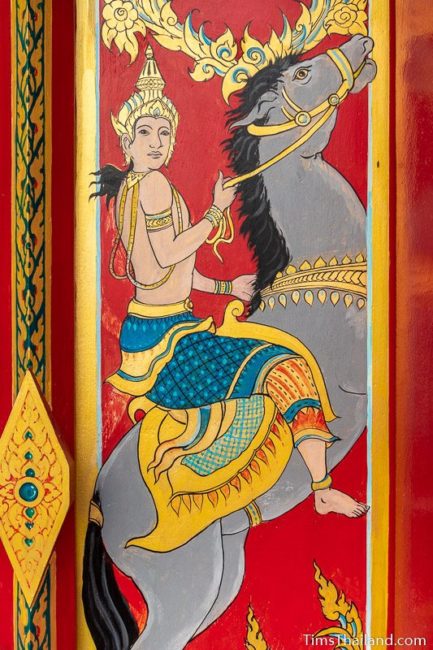
Chandra (พระจันทร์ – pra jan) presides over Monday and is associated with the east. He is shown here on a horse, but usually rides in a chariot.
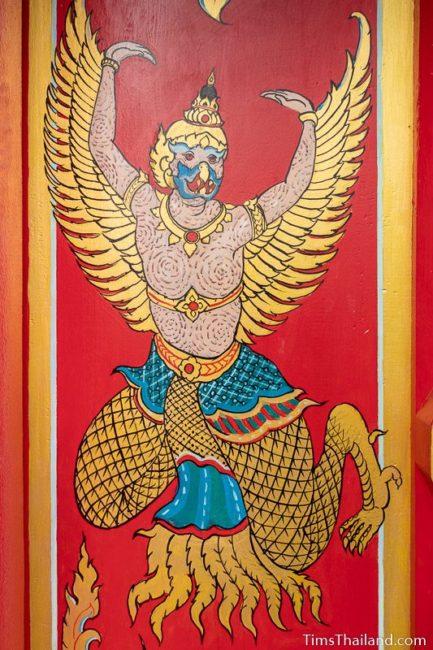
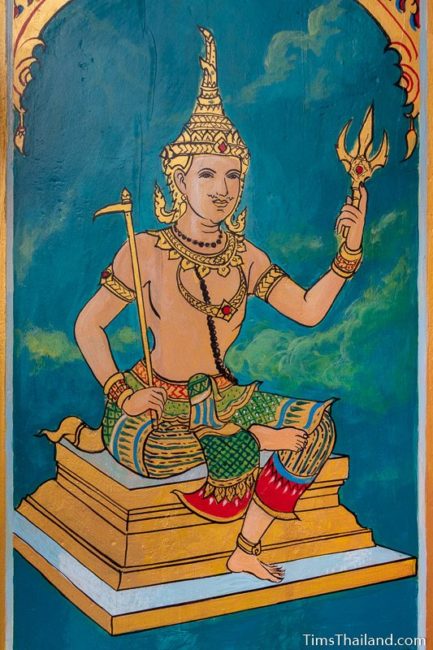
Indra (พระอินทร์ – pra een) is the god of storms, war, and the heavens. Usually called Sakka in Buddhist texts, he’s the king of all gods and the god who appears most often, by far, in stories of the Buddha’s lives.
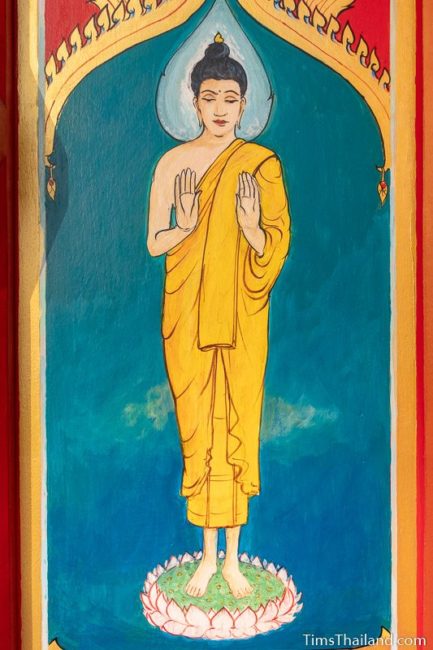
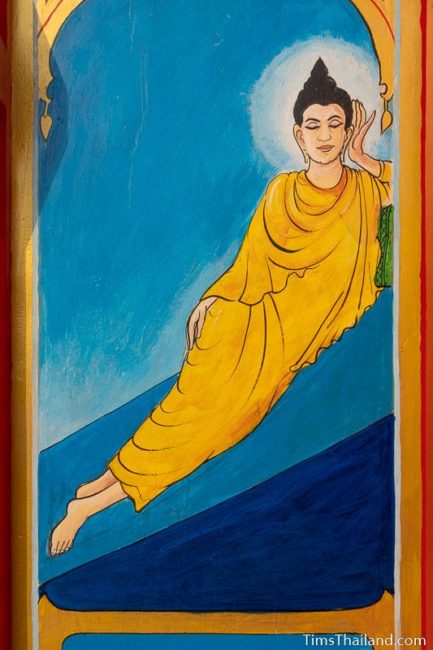
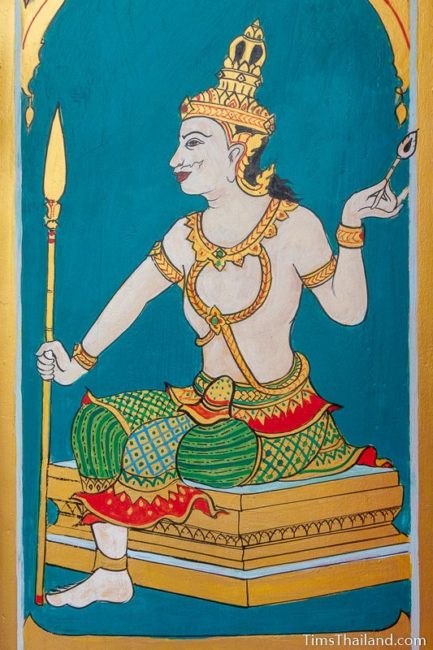
Agni (พระอัคนี – pra ahk-ka-nee), also known as Pra Ploeng in Thai, is the god of fire.
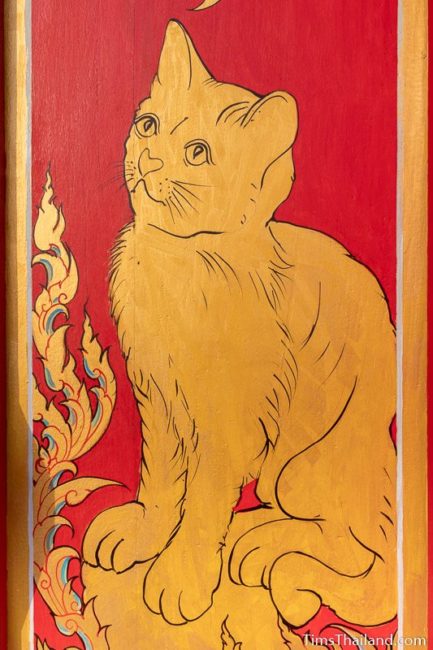
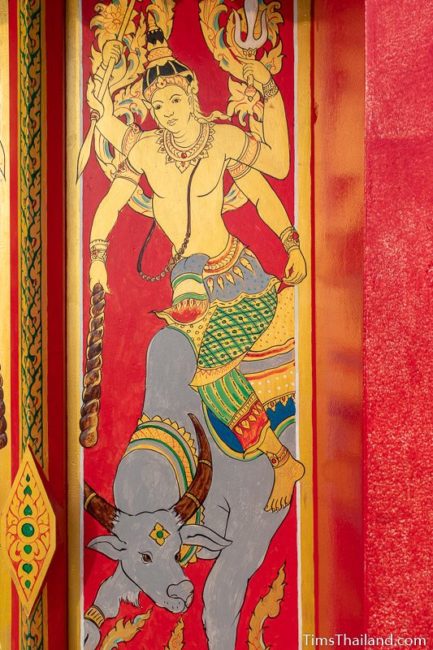
Angaraka (พระอังคาร – pra ang-kahn) presides over Tuesday and is associated with the southeast. His mount is a buffalo.
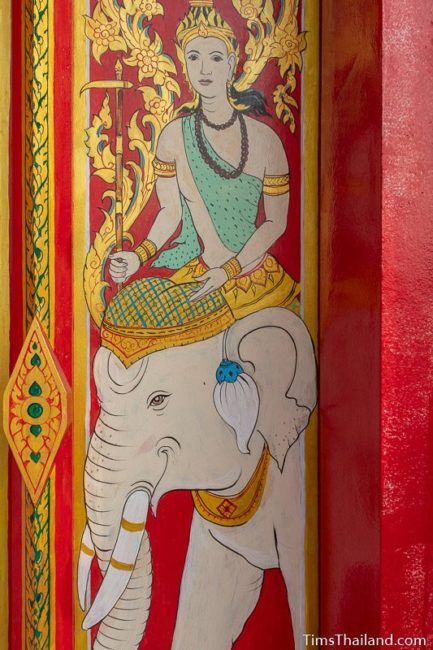
Budha (พระพุธ – pra pute) presides over Wednesday daytime and is associated with the south. His mount is a white elephant.
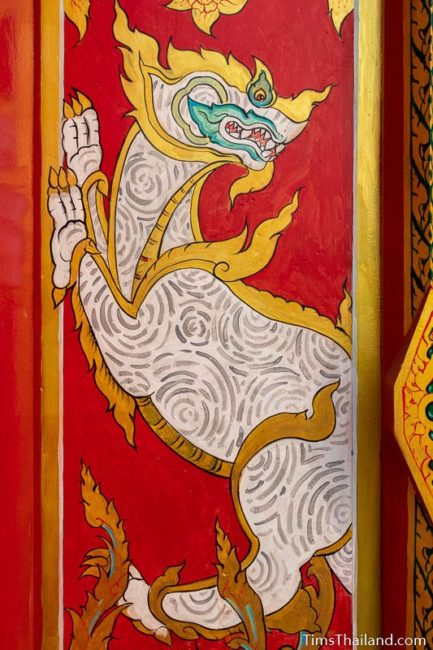
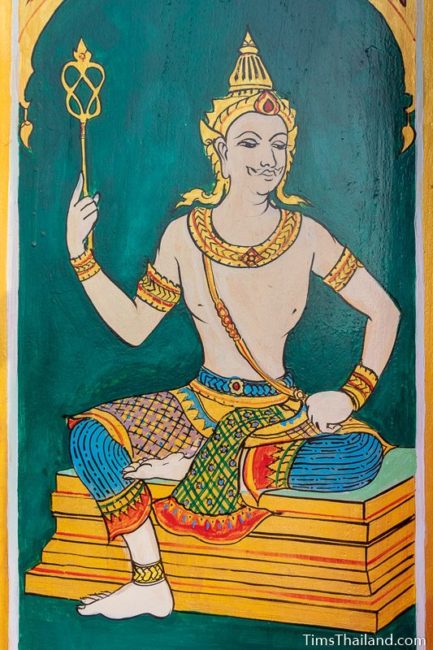
Yama (พระยม – pra yom) is the god of death and hell.
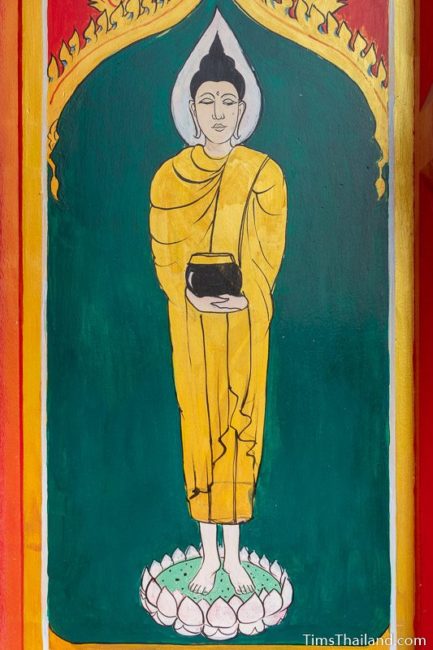
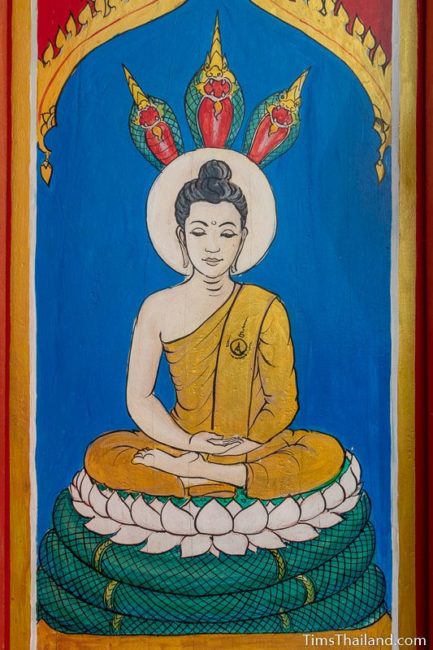
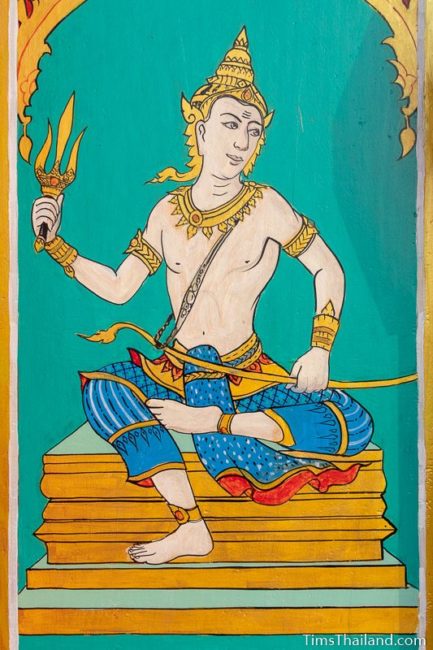
Nirrti (พระนิรฤติ – pra nee-reu-dee) is the god of death and misfortune. In the Indian tradition Nirrti is a goddess.
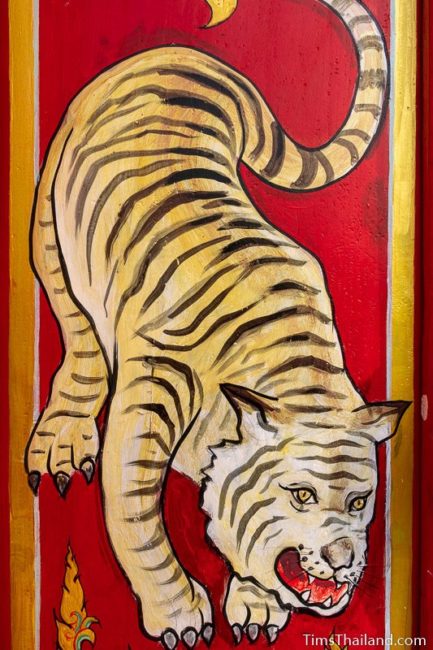
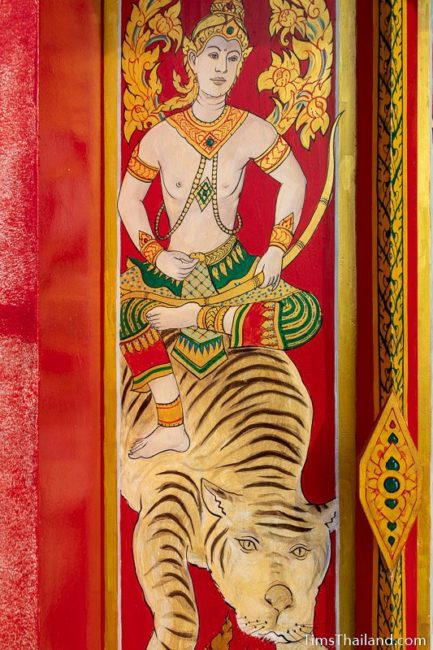
Shani (พระเสาร์ – pra sao) presides over Saturday and is associated with the southwest. His mount is a tiger.
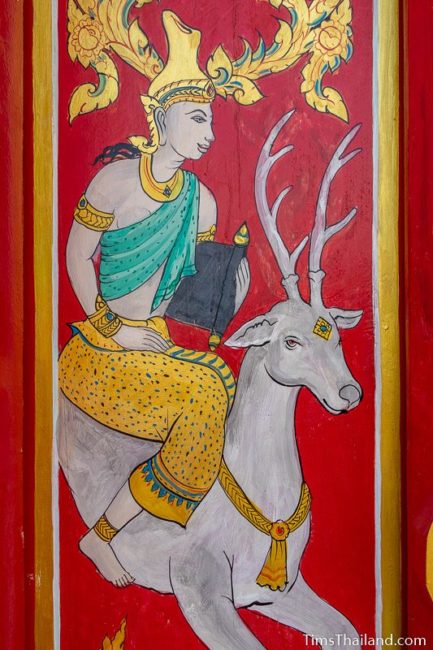
Brihaspati (พระพฤหัส – pra pa-reu-hat) presides over Thursday and is associated with the west. His mount is a deer.
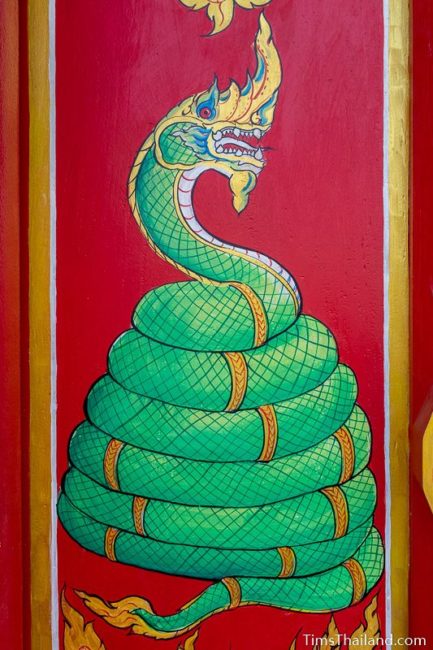
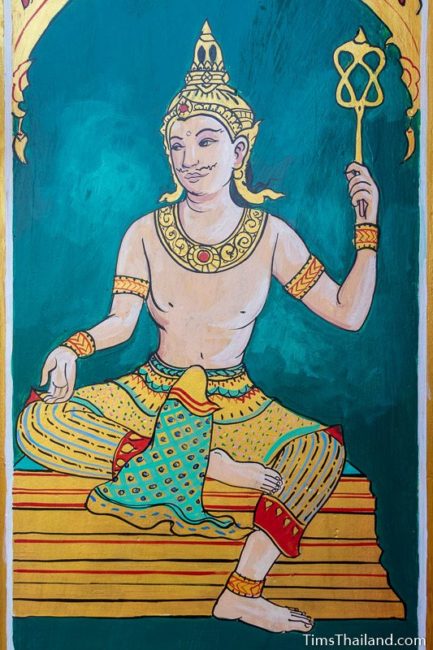
Varuna (พระวรุณ – pra wah-rune) is the god of water and rain.
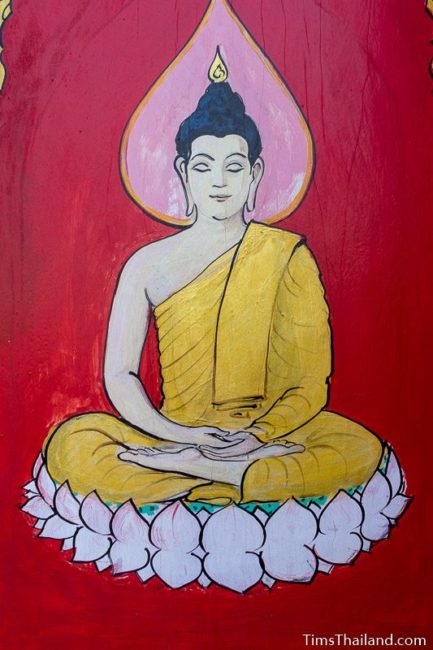
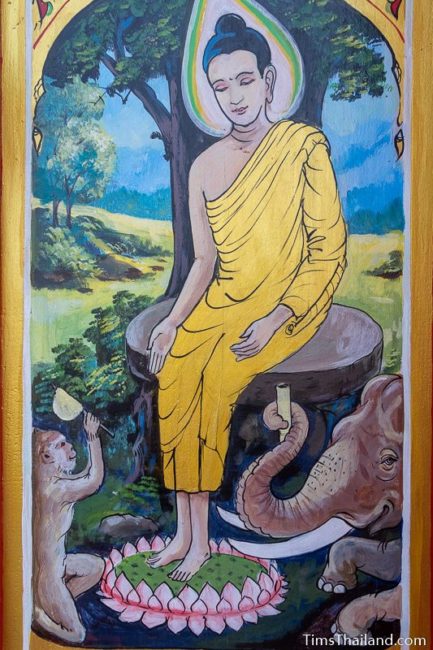
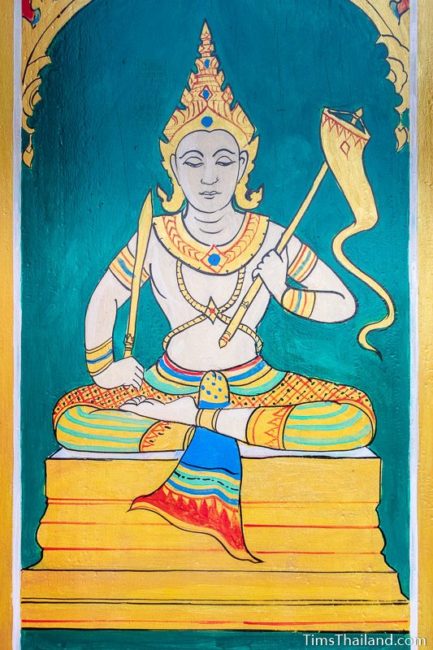
Vayu (พระพาย – pra pai) is the god of wind.
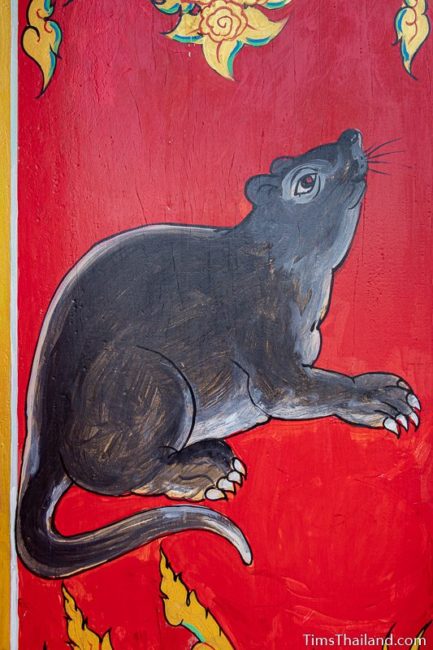
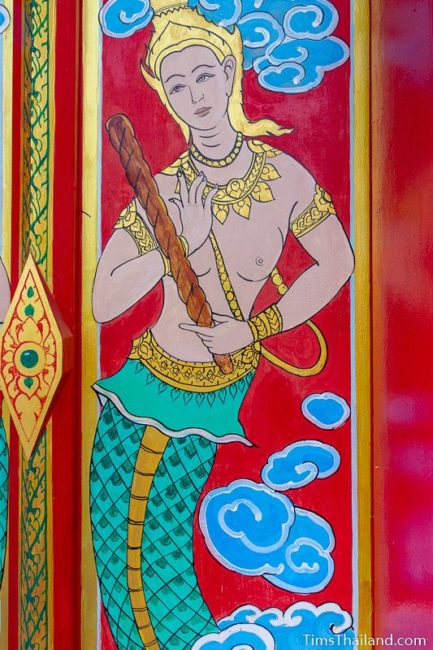
Rahu (พระราหู – pra rah-hu) presides over Wednesday nighttime and is associated with the northwest. Though not shown in the picture, his mount is usually a garuda.
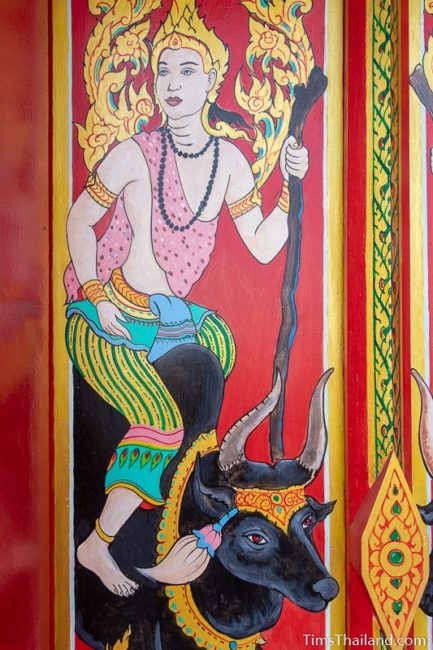
Shukra (พระศุกร์ – pra suke) presides over Friday and is associated with the north. His mount is a bull.
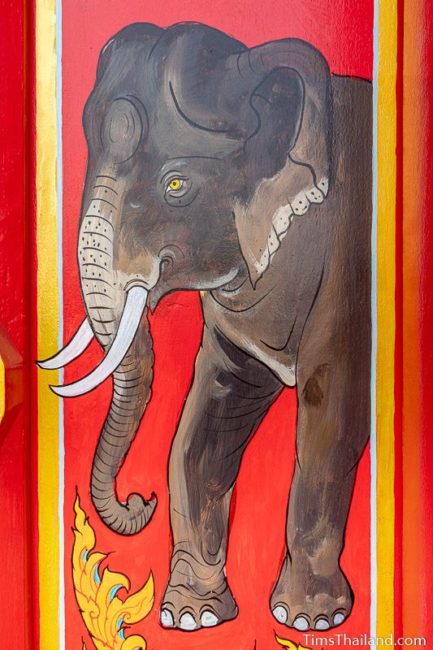
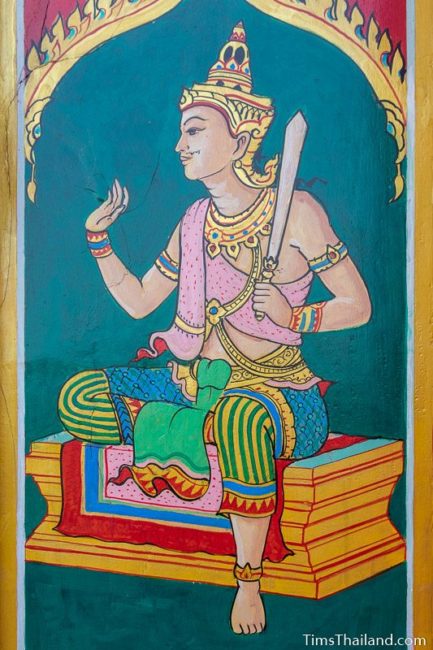
Kubera (พระไพศรพณ์ – pra pai-sop), usually called Pra Guwane or Thao Wetsuwan in Thai, is the god of wealth.
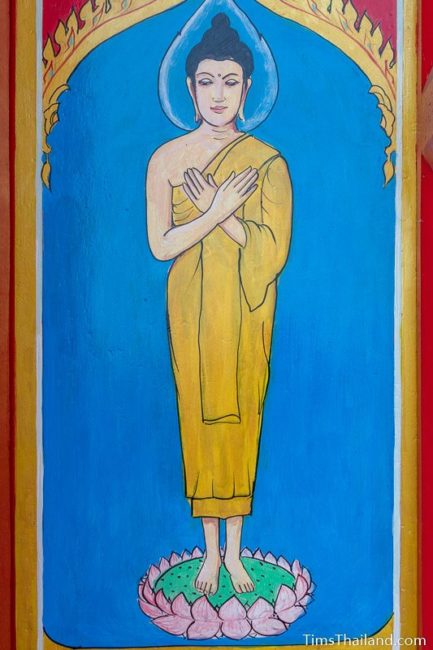
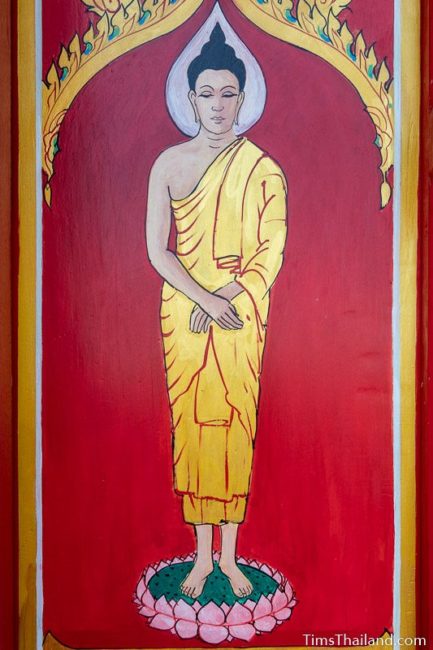
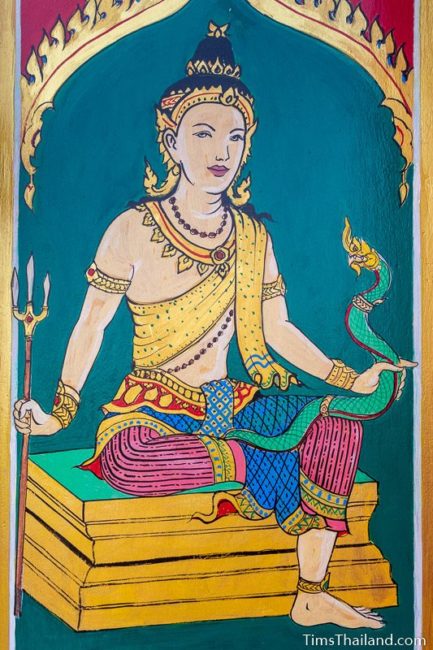
Ishana (พระอีศาน – pra ee-sah-na) is an avatar of Shiva, the god of destruction, and the namesake of Isan (Northeast Thailand). He often holds a naga in his hand.
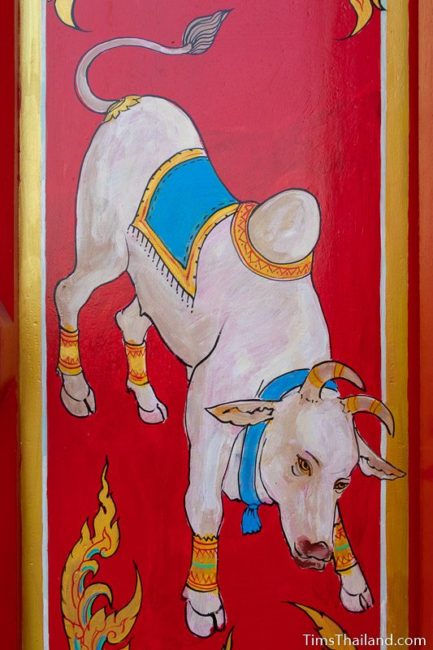
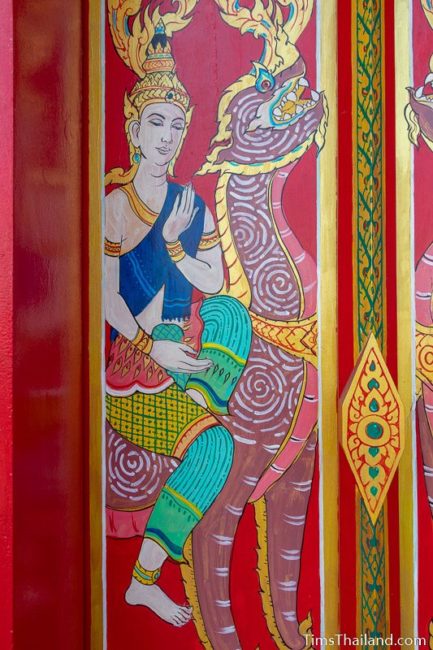
Surya (พระอาทิตย์ – pra ah-teet) presides over Sunday and is associated with the northeast. His mount is a kraisorn rajasri, a mythical lion-like animal from the Himmapan forest.